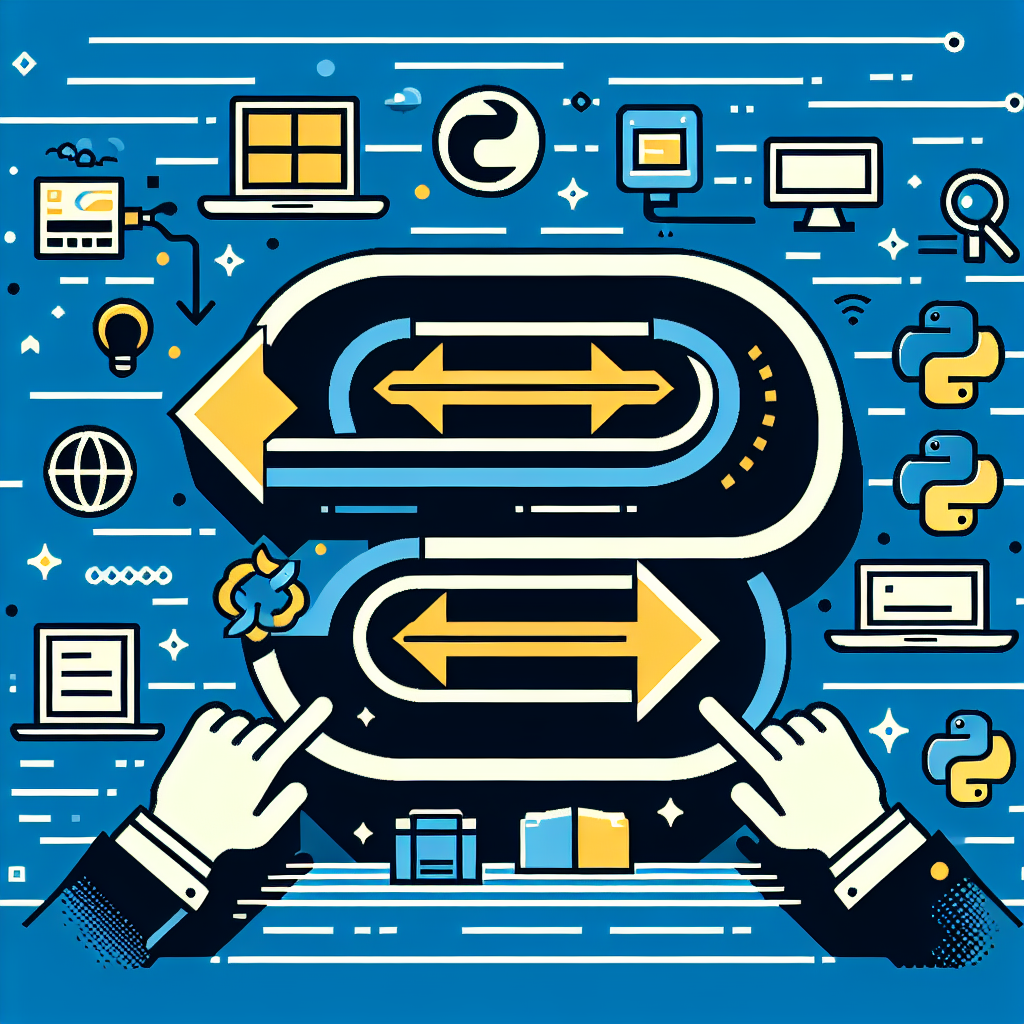Convert Java to Python Instantly: Easy Online Tool
Effortlessly convert Java code to Python with our advanced tool. Boost efficiency, streamline workflows, and bridge programming languages seamlessly. Try now!
Source Code
Converted Code
Output will appear here...
Effortlessly convert Java code to Python with our cutting-edge Java to Python tool. Streamline your development process and enhance cross-language compatibility, perfect for developers transitioning between these popular programming languages. Optimize your workflow with accurate and efficient code transformation, ensuring seamless integration and reduced manual errors.

Java to Python Conversion Tool Link to this section #
Effortlessly transition your Java code to Python using our Java to Python conversion tool. This tool is designed for developers aiming to leverage Python's simplicity and versatility while retaining the logic of their Java applications.
Key Features Link to this section #
- Automatic Syntax Conversion: Seamlessly translates Java syntax to Python, minimizing manual adjustments.
- Efficient Code Mapping: Maps Java constructs like loops, conditionals, and data structures to their Python counterparts.
- Error Handling Support: Identifies and adapts Java exception handling to Python's error management.
Why Convert Java to Python? Link to this section #
- Ease of Use: Python's syntax is clearer and more concise, enhancing readability and maintainability.
- Rich Libraries: Access Python's extensive libraries for data science, web development, and more.
- Community Support: Engage with an active community for troubleshooting and best practices.
Example Conversion Link to this section #
Here's a simple example of how the tool converts Java code to Python:
Java Code:
public class HelloWorld {
public static void main(String[] args) {
System.out.println("Hello, World!");
}
}
Converted Python Code:
class HelloWorld:
def main(self):
print("Hello, World!")
HelloWorld().main()
How It Works Link to this section #
- Input Java Code: Paste your Java code into the tool.
- Process: The tool analyzes the Java code, identifying key structures and syntax.
- Output Python Code: Receive the equivalent Python code, ready for execution or further refinement.
Resources Link to this section #
This tool enhances productivity by providing an efficient pathway from Java to Python, suitable for projects of all sizes. Embrace the power and flexibility of Python without losing the robustness of your original Java application.
Frequently Asked Questions
How do I convert a Java program to Python?
Converting a Java program to Python involves understanding the logic and structure of the Java code and rewriting it in Python syntax. This may include translating Java constructs like loops, conditional statements, and classes into their Python equivalents. There is no direct tool for automatic conversion, so manual rewriting is often necessary.
What are the main differences between Java and Python?
Java is a statically typed language, which means you must declare the data type of variables, whereas Python is dynamically typed, allowing for more flexibility. Java uses explicit class definitions for object orientation, while Python supports multiple programming paradigms, including procedural and functional programming. Additionally, Python's syntax is designed to be more readable and concise.
Can I use Java libraries in a Python program?
Yes, you can use Java libraries in a Python program by using a tool like Jython, which is an implementation of Python that runs on the Java platform. Jython allows you to import and use Java classes in your Python code. However, this approach might have some limitations and may not be suitable for all use cases.